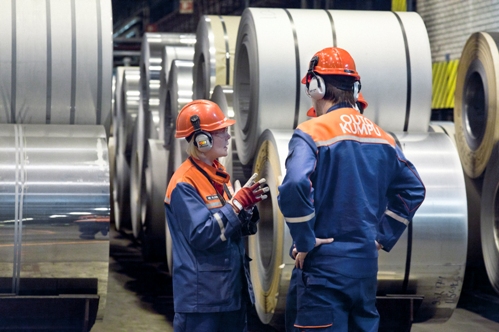Romania’s President proposed a vote on allowing development of Europe’s largest gold mine project following protests against technology that made the country home to one of the continent’s worst environmental disasters.
A day after thousands of demonstrators rallied against the use of cyanide in gold mining, President Traian Basescu said he may call a referendum next year on the Rosia Montana mine. That may delay the project, for which Canada-based Gabriel Resources Ltd. (GBU) said it could “hopefully” receive approval by November.
The rallies followed the government’s unveiling last week of a draft law to raise the state’s stake in the project, rekindling anger over the 2000 Baia Mare spill. Listed by the United Nations Environment Programme alongside Chernobyl as one of Europe’s major human-caused disasters, the spill happened when a dam holding back mine debris burst, flooding the Somes, Tiza and Danube rivers with tens of thousands of tons of cubic meters of cyanide-contaminated water.
“The biggest scare about the Rosia Montana mine is the cyanide process, which should have been discussed with experts,” Basescu said on newspaper Adevarul’s website. He said “society is rightfully reacting to this” because Romania had suffered from the Baia Mare spill.
























